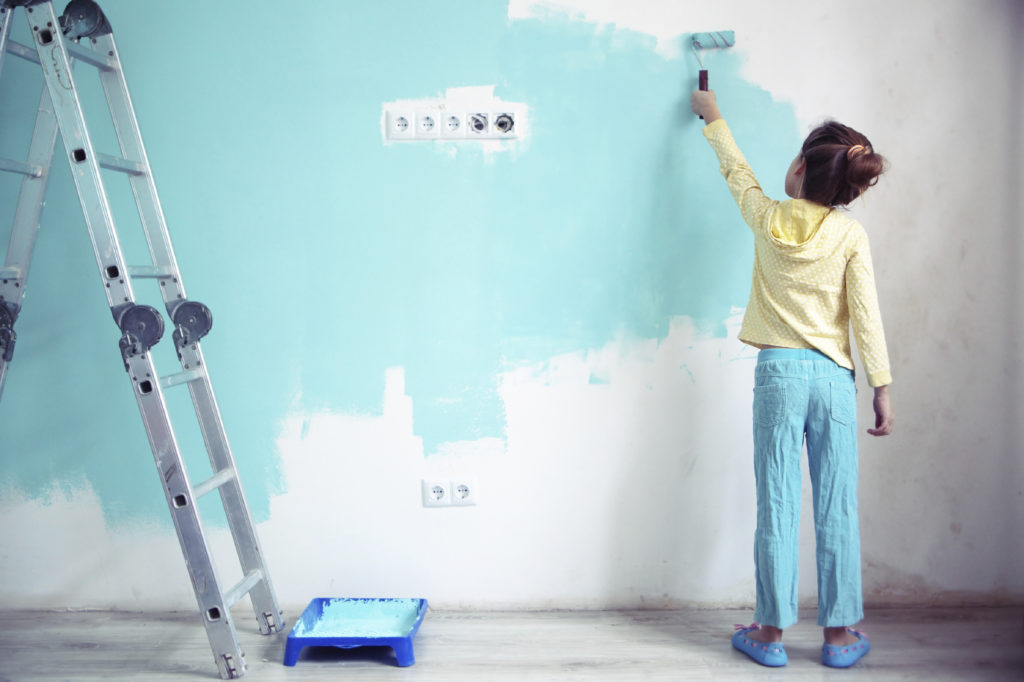![]() Real estate sales in Manhattan plunged 25% in the first quarter over the past year, as the new federal tax law, stock market swings, and an abundance of luxury condos scared buyers. Sales dropped the lowest it’s been in six years, according to a report from Douglas Elliman and Miller Samuel.
Real estate sales in Manhattan plunged 25% in the first quarter over the past year, as the new federal tax law, stock market swings, and an abundance of luxury condos scared buyers. Sales dropped the lowest it’s been in six years, according to a report from Douglas Elliman and Miller Samuel.
The average sales price also dropped 8% compared to the same quarter last year. The drop was probably caused by the uncertainty over the new federal tax law, which prevents residents in high-tax states like New York from deducting their state and local taxes. Closings at new condo towers have also slowed down, making the decline even steeper. The high end of the market is getting hit harder, as prices for luxury apartments fell 15% and sales were down 24% in the quarter from last year.
It is speculated that the main problem within this market is asking prices, as sellers still have to adjust and lower their prices in order to keep up with the tax law changes and slowdown since 2014.
